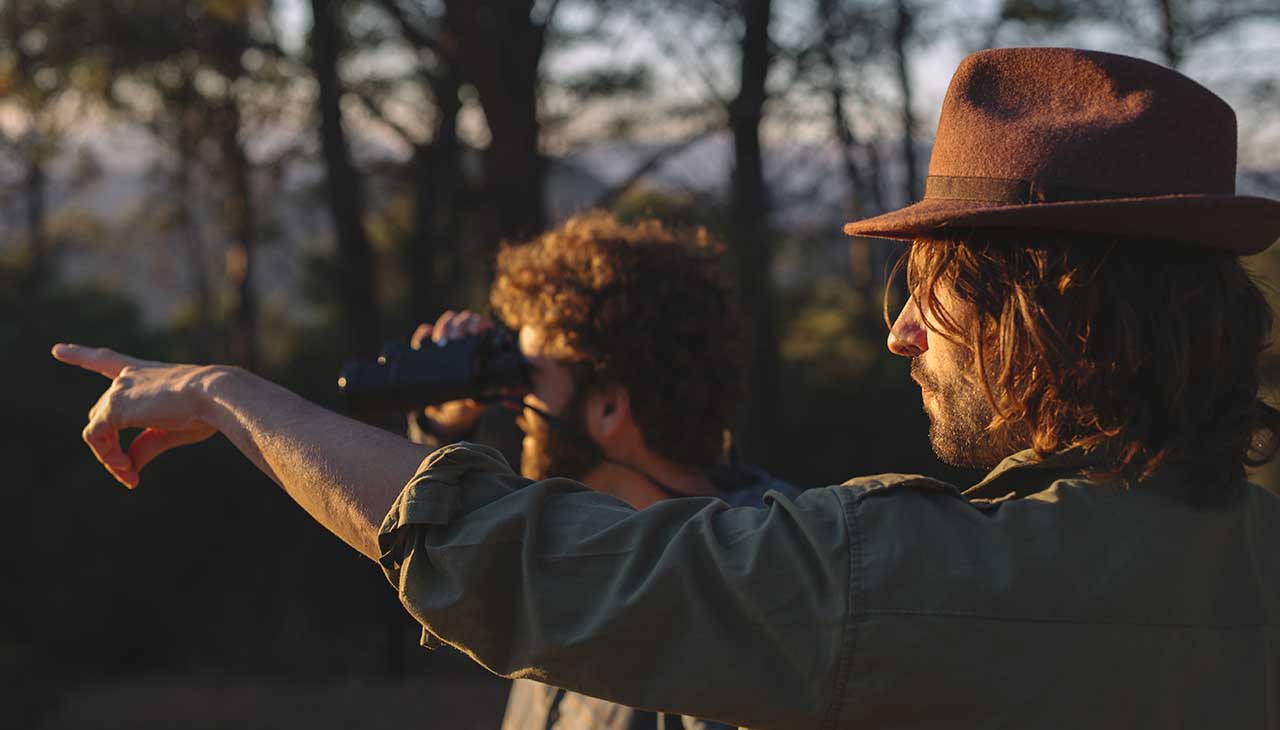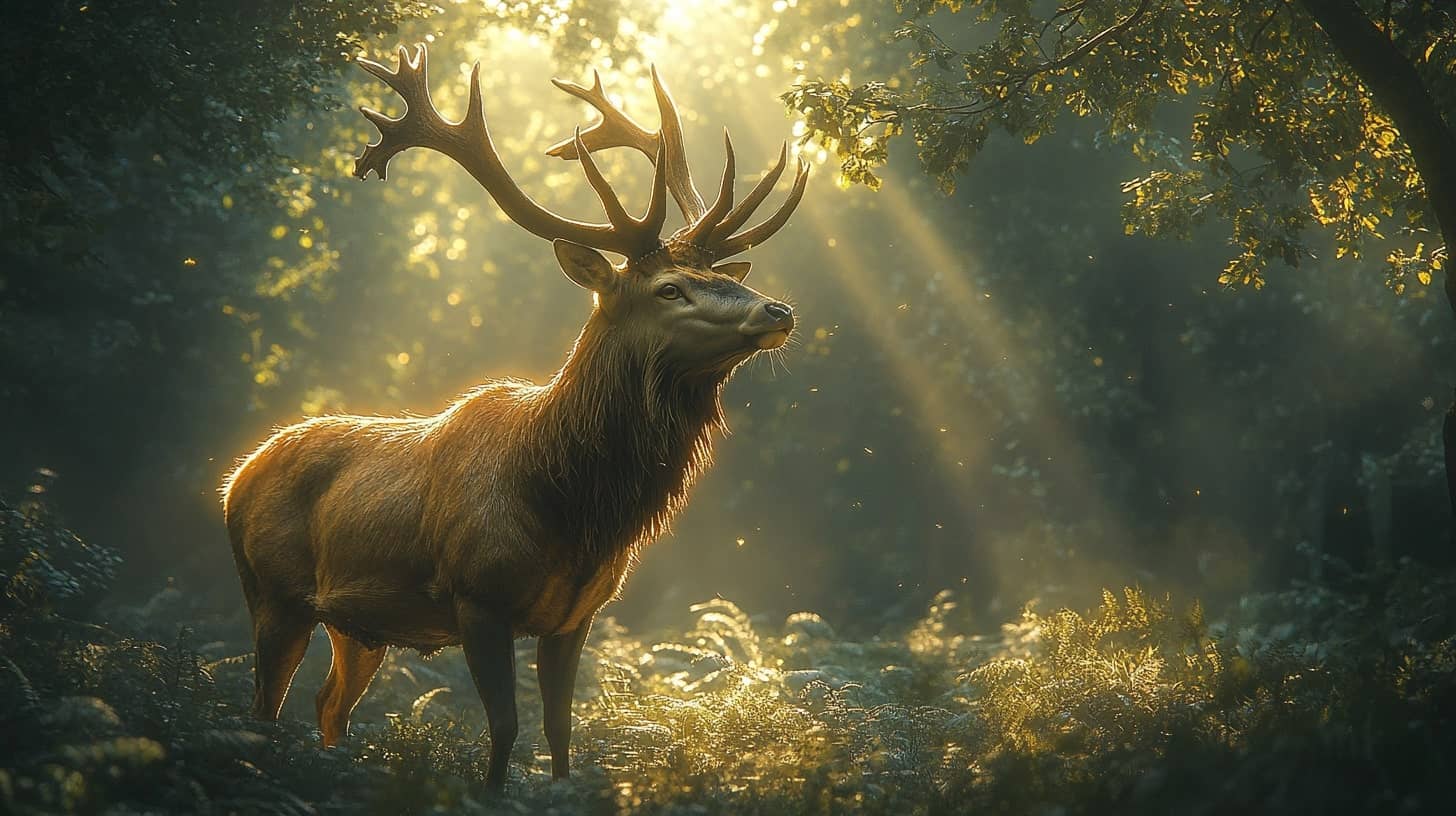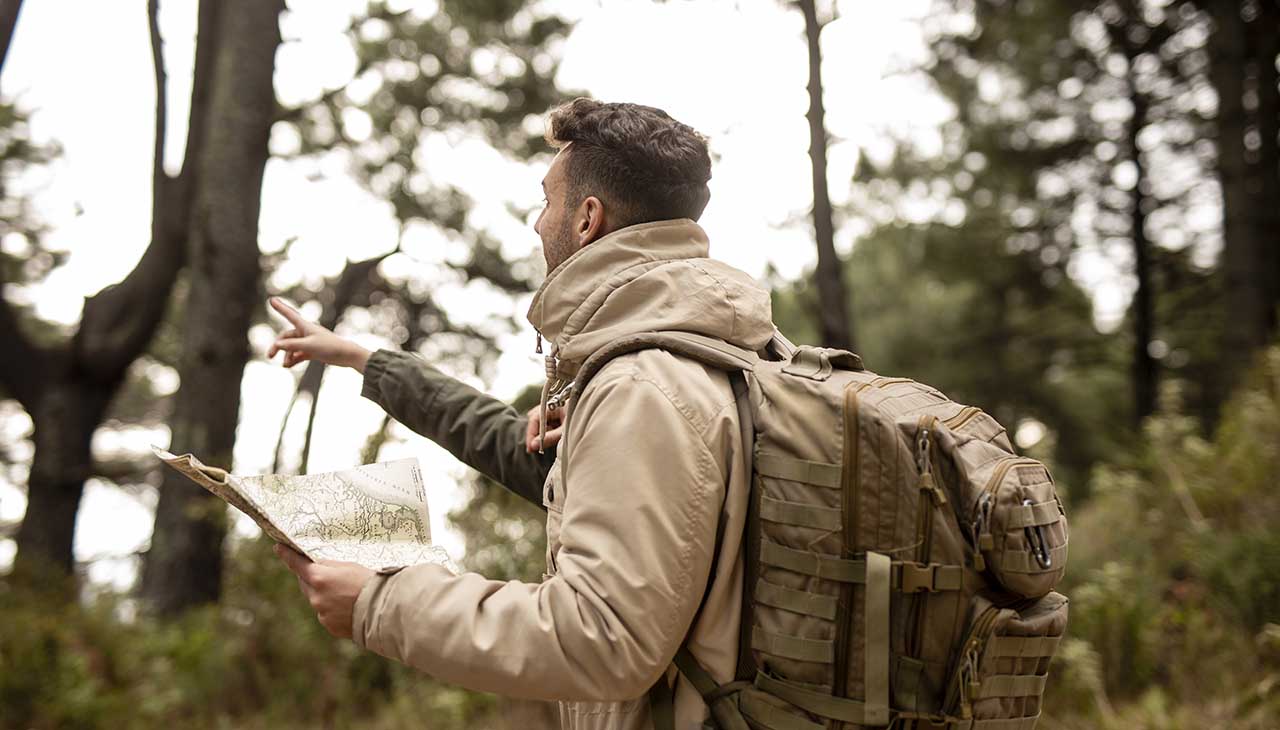Introduction
Imagine walking through a forest and suddenly spotting a set of paw prints. For nature enthusiasts, wildlife photographers, and outdoor educators, the thrill of discovering animal tracks is unmatched. It’s like reading the autobiography of the wilderness, written in footprints and signs. This blog post dives into the fascinating world of animal tracking, unraveling its secrets and showing how it can enrich your outdoor adventures.
In this guide, you will learn the basics of tracking, advanced techniques, and the science behind it. Each section will provide practical tips and examples to help you master the art of tracking. By the end, you’ll not only be better equipped to find and follow animal tracks but also gain a deeper appreciation for the wildlife around you.
The Basics of Animal Tracking
Animal tracking is an ancient skill, honed over thousands of years by hunters, naturalists, and indigenous peoples. At its core, tracking involves interpreting signs left by animals to understand their movements, behaviors, and habits. For modern enthusiasts, it’s a way to connect with nature on a deeper level.
Understanding animal behavior is crucial. Different species leave different types of tracks, scat, and other signs. Knowing the habits and habitats of these animals can guide you to where they are likely to be found. For example, deer are often found near water sources, while burrowing animals like rabbits may leave signs near ground disturbances.
Tracking is not just about finding animals; it’s about understanding their stories. Each track tells a tale—from a raccoon searching for food to a fox hunting its next meal. This knowledge can enrich your experience in the wild, making every hike an educational adventure.
Tracking Techniques Groundwork
To start tracking, you need to observe ground signs closely. Tracks, scat, and other signs like fur or feathers can tell you a lot about the animals that are nearby. Look for clear, distinct tracks in soft earth, mud, or snow. These surfaces capture imprints better, making them easier to read.
Understanding gaits and track patterns is essential. Animals move in distinctive ways, and their tracks reflect this. For example, a rabbit’s hopping gait leaves behind pairs of prints side by side, while a deer’s walking gait shows a more linear pattern. By studying these patterns, you can identify the animal and even estimate its speed and direction.
Don’t overlook scat—animal droppings. While it may seem unappealing, scat provides valuable information about an animal’s diet and health. For instance, herbivores like deer leave pellet-like droppings, while carnivores like foxes leave tubular scat. Observing these details can provide clues about the animal’s recent activities and whereabouts.
Advanced Tracking Skills
Aging and weathering tracks is a skill that comes with experience. Fresh tracks have sharp, well-defined edges, while older tracks are more worn and less distinct. By examining the condition of tracks, you can estimate how long ago the animal passed through the area.
Tracking in different terrains and weather conditions requires adaptability. In sandy deserts, tracks may be more visible but also more susceptible to wind erosion. In snowy regions, tracks can be easy to spot but may quickly become obscured by fresh snowfall. Learning to track in various environments will make you a more versatile tracker.
Another advanced skill is recognizing partial tracks. Sometimes, you’ll only find fragments of footprints due to obstacles or the animal’s movement. Being able to piece together these partial tracks into a coherent trail is a mark of an experienced tracker.
The Science Behind Tracking
The science of tracking is deeply rooted in understanding animal behavior. Animals follow specific routines based on their needs—food, water, shelter, and mating. By studying these behaviors, you can predict where and when they are likely to be active.
Ecology also plays a significant role in tracking. Knowing the relationships between different species and their environments can provide context for the signs you find. For example, if you know that a particular area is rich in berries during a certain season, you can expect to find tracks of animals that feed on those berries.
Scientific methods like GPS tracking and camera traps have advanced the field of tracking. These technologies allow researchers to collect data on animal movements and behaviors more accurately, providing valuable insights that can enhance traditional tracking techniques.
Tools of the Trade
To track animals effectively, you need the right tools. A good tracking guidebook is indispensable, providing detailed information on identifying tracks and signs. A magnifying glass can help you examine small details, while a notebook is essential for recording your observations.
Footwear is important too. Sturdy, comfortable boots will protect your feet and give you the stability needed to traverse various terrains. Binoculars can help you spot animals from a distance, allowing you to observe without disturbing them.
Some advanced tools include GPS devices and trail cameras. GPS can help you map out trails and find your way back, while trail cameras can capture images of animals in their natural habitats. These tools can provide valuable data and enhance your tracking experience.
Ethical Considerations in Tracking
Respecting wildlife and their habitats is paramount. Always follow the principle of “leave no trace”—avoid disturbing the environment and the animals you’re tracking. Stick to established trails when possible and minimize your impact on the surroundings.
When tracking, maintain a safe distance from the animals. Getting too close can stress them out and disrupt their natural behaviors. Use binoculars or telephoto lenses for close-up observations without intruding on their space.
Guidelines for ethical tracking also include reporting any unusual findings to local wildlife authorities. If you come across signs of poaching or injured animals, notifying the proper authorities can help protect and conserve wildlife.
Application of Tracking in Wildlife Photography and Education
Tracking skills are invaluable for wildlife photographers. By understanding animal behavior and habitats, photographers can position themselves to capture stunning, candid shots. For instance, knowing where and when deer are likely to graze can help you set up your camera in the perfect spot.
Incorporating tracking into outdoor education programs can enhance learning experiences for students. Teaching children how to identify tracks and signs fosters a deeper connection with nature and encourages curiosity about the natural world. These skills can be integrated into hikes, nature walks, and classroom activities.
Tracking also raises awareness about conservation. By understanding the signs of animals in distress or habitats in decline, educators and students can contribute to conservation efforts. This knowledge empowers individuals to take action and advocate for wildlife protection.
Conclusion
Tracking is more than just a skill—it’s a way to connect deeply with nature. By mastering the art of tracking, you can uncover the hidden stories of wildlife, making every outdoor adventure richer and more meaningful.
Whether you’re a nature enthusiast, a wildlife photographer, or an outdoor educator, tracking can enhance your understanding and appreciation of the natural world. Start small, practice regularly, and soon you’ll find yourself reading the wilderness like a pro.
We encourage you to share your tracking experiences with us. Your stories and insights can inspire others to take up this rewarding pursuit. And if you need more guidance, feel free to reach out to our team of experts. Happy tracking!


